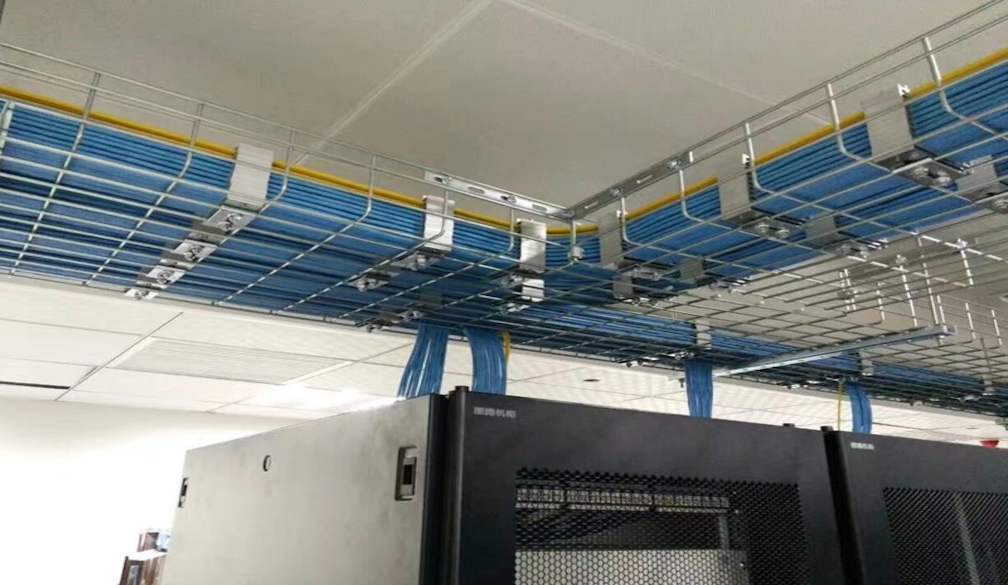Innovative Cable Tray Designs for Modern Infrastructure: Trends and Best Practices in 2025

In 2025, the landscape of cable management has evolved significantly, with cable trays playing a pivotal role in supporting the complex wiring systems of modern infrastructure. Cable management solutions are now more effective, safe, and aesthetically pleasing thanks to developments in design, materials, and installation techniques.
Advancements in Cable Tray Designs
The demand for efficient and organized cable management has led to the development of various cable tray designs, each tailored to specific applications:
Wire Mesh Cable Trays
Wire mesh cable trays are known for their lightweight structure and flexibility. Wire mesh trays are ideal for environments requiring frequent cable modifications. They provide excellent ventilation, reducing heat accumulation around cables.
Ladder Cable Trays
Designed for heavy-duty cables, ladder trays offer robust support and are suitable for long spans. Their open design facilitates easy cable installation and maintenance.
Solid Bottom Cable Trays
These trays provide maximum protection for sensitive cables against external interferences and are commonly used in applications where shielding is paramount.
Material Innovations
The selection of materials for cable trays has expanded to meet diverse environmental and operational demands:
- Galvanized steel is appropriate for a range of industrial applications due to its strength and ability to withstand corrosion.
- Stainless steel is excellent at preventing corrosion and is perfect for harsh conditions.
- Aluminum trays are becoming more common in contemporary infrastructure projects due to their lightweight nature and ease of installation.
Best Practices in Cable Tray Installation
Following best practices is crucial if you want to get the most out of cable tray systems.
- Proper Sizing: Selecting the appropriate tray size ensures adequate space for current and future cable additions, preventing overcrowding and maintaining system efficiency.
- Secure Mounting: Ensuring that cable trays are securely mounted and supported at regular intervals prevents sagging and potential damage to cables.
- Regular Maintenance: Periodic inspections and cleaning of cable trays help identify and address issues such as corrosion or physical damage, extending the system's lifespan.
As infrastructure advances, cable tray systems play a crucial role in efficient cable management. By adopting innovative designs and materials and following best installation practices, we can ensure that cable trays meet the changing needs of modern infrastructure in 2025 and beyond.
Additionally, visit IEC Standards and the National Fire Protection Association (NFPA) for more information on standards and compliance. These trusted resources offer comprehensive guidance to ensure your cable tray systems meet 2025 requirements.






